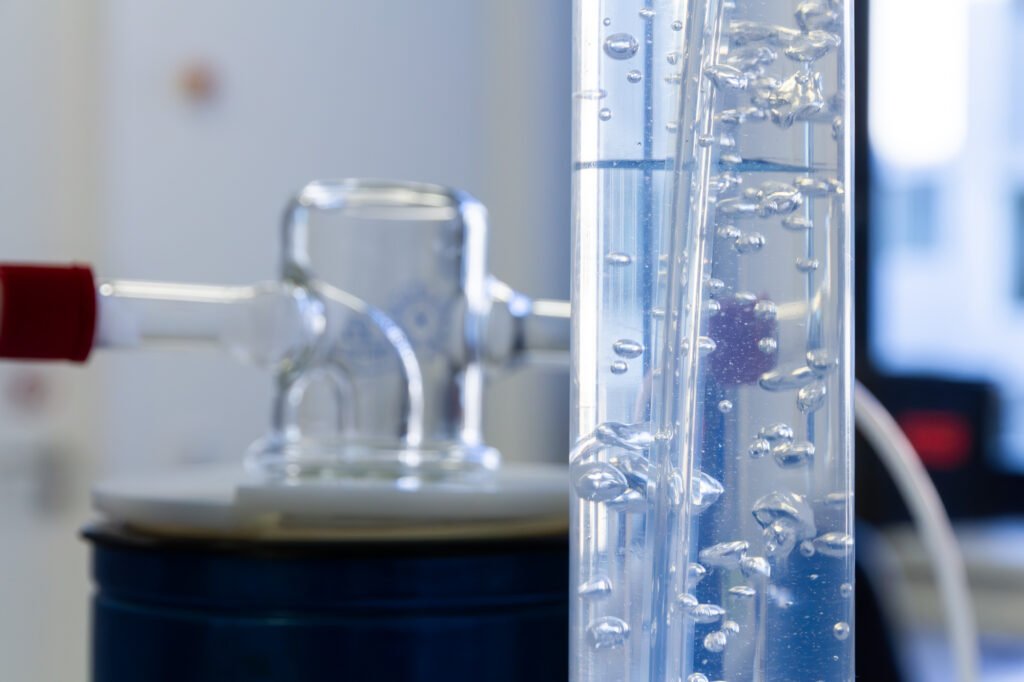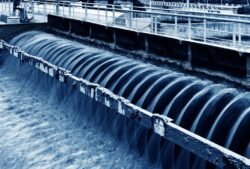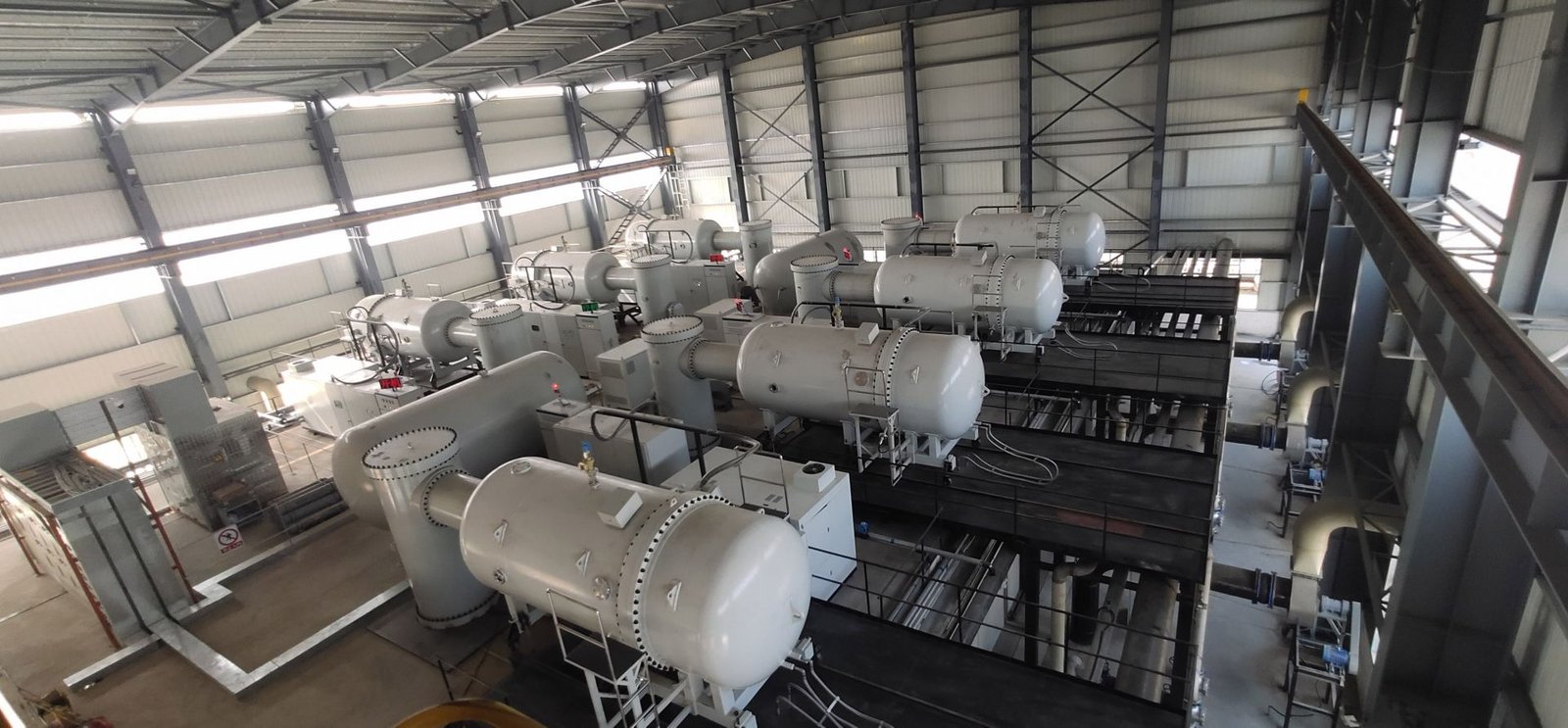
Electrochemical Advanced Oxidation Processes

Electrochemical Advanced Oxidation Processes (EAOPs) have gained a lot of attention in recent years for their potential applications in water treatment and pollution control. These processes use electricity to generate reactive oxygen species (ROS) that can degrade organic pollutants in water. In this article, we will discuss the principles, mechanisms, and applications of EAOPs, as well as their advantages and limitations.
Introduction
Water pollution is a major environmental issue that affects the health and well-being of millions of people around the world. Organic pollutants such as pesticides, pharmaceuticals, and industrial chemicals can contaminate water sources and pose serious risks to human health and the environment. Traditional water treatment methods such as filtration and chemical coagulation are often ineffective in removing these pollutants, leading to the need for advanced oxidation processes (AOPs).
EAOPs are a class of AOPs that utilize electrochemical reactions to generate ROS such as hydroxyl radicals (OH•) and ozone (O3) that can oxidize and degrade organic pollutants. These processes offer several advantages over traditional AOPs, including higher efficiency, lower energy consumption, and the ability to operate at ambient temperature and pressure. In this article, we will explore the principles, mechanisms, and applications of EAOPs, as well as their potential for water treatment and pollution control.
Principles of EAOPs
EAOPs involve the use of electrodes, typically made of materials such as platinum, graphite, or boron-doped diamond, to induce electrochemical reactions in water. When a voltage is applied to the electrodes, electrochemical reactions occur at the electrode surface, generating ROS that can react with organic pollutants in water. The main reactions involved in EAOPs include electrochemical oxidation (anode reaction) and reduction (cathode reaction), as well as the generation of ROS through the decomposition of water molecules.
The anode reaction in EAOPs typically involves the oxidation of water molecules to generate hydroxyl radicals (OH•) and other ROS. These ROS can oxidize organic pollutants in water, breaking down their chemical bonds and converting them into smaller, less harmful compounds. The cathode reaction, on the other hand, involves the reduction of oxygen molecules to generate hydrogen peroxide (H2O2), which is also a powerful oxidizing agent that can degrade organic pollutants.
In addition to the anode and cathode reactions, EAOPs can also generate other ROS such as ozone (O3) and persulfate (S2O8-) through the electrolysis of water and the addition of chemical oxidants. These ROS can further enhance the oxidation and degradation of organic pollutants in water, making EAOPs effective in removing a wide range of contaminants.
Mechanisms of EAOPs
The mechanisms of EAOPs involve a complex series of electrochemical and chemical reactions that occur at the electrode surface and in the bulk solution. When a voltage is applied to the electrodes, electrochemical reactions drive the generation of ROS that can react with organic pollutants in water. The main mechanisms of EAOPs include direct oxidation, indirect oxidation, and radical chain reactions.
In direct oxidation, ROS generated at the electrode surface directly react with organic pollutants, breaking down their chemical bonds and converting them into smaller, less harmful compounds. This process is highly efficient and can lead to the complete mineralization of organic pollutants into carbon dioxide (CO2) and water. Indirect oxidation, on the other hand, involves the generation of secondary oxidants such as ozone and persulfate, which can react with organic pollutants in the bulk solution.
In radical chain reactions, ROS generated at the electrode surface initiate a series of chain reactions that propagate across the water matrix, leading to the oxidation and degradation of organic pollutants. This process can be highly effective in removing contaminants that are present at low concentrations or resistant to conventional treatment methods. Overall, the mechanisms of EAOPs involve a combination of direct and indirect oxidation pathways that work synergistically to degrade organic pollutants in water.
Applications of EAOPs
EAOPs have a wide range of applications in water treatment and pollution control, including the removal of organic pollutants, disinfection of water, and regeneration of industrial wastewater. These processes have been successfully used to treat water contaminated with a variety of organic pollutants, including pesticides, pharmaceuticals, dyes, and industrial chemicals. EAOPs have also been shown to be effective in treating emerging contaminants such as per- and polyfluoroalkyl substances (PFAS) and microplastics.
One of the main advantages of EAOPs is their ability to treat water at ambient temperature and pressure, making them suitable for decentralized and on-site treatment applications. EAOPs can be easily scaled up or down depending on the size of the water treatment system, making them flexible and cost-effective for a wide range of applications. EAOPs have also been used in combination with other treatment technologies such as membrane filtration and activated carbon adsorption to achieve higher removal efficiencies and improve overall water quality.
In addition to water treatment, EAOPs have potential applications in other areas such as soil remediation, air pollution control, and energy storage. These processes can be used to degrade organic pollutants in soil, reduce emissions of volatile organic compounds (VOCs) from industrial processes, and store renewable energy in the form of hydrogen or other fuels. Overall, EAOPs have the potential to address a wide range of environmental challenges and contribute to sustainable development.
Advantages of EAOPs
EAOPs offer several advantages over traditional AOPs and other water treatment methods, including higher efficiency, lower energy consumption, and the ability to operate at ambient temperature and pressure. These processes can effectively remove a wide range of organic pollutants from water, including those that are resistant to conventional treatment methods. EAOPs are also environmentally friendly, as they do not produce harmful by-products or generate toxic sludge that needs to be disposed of.
Another advantage of EAOPs is their scalability and flexibility, allowing them to be easily integrated into existing water treatment systems or used as standalone units for on-site treatment applications. EAOPs can be operated continuously or intermittently, depending on the specific requirements of the water treatment system. This flexibility makes EAOPs suitable for a wide range of applications, from small-scale residential systems to large industrial wastewater treatment plants.
Furthermore, EAOPs are cost-effective compared to other advanced oxidation technologies, as they require minimal chemicals and infrastructure to operate. The main operating costs of EAOPs are electricity and maintenance, which can be relatively low compared to the capital costs of installing and maintaining other treatment technologies. Overall, the advantages of EAOPs make them a promising solution for addressing water pollution and improving water quality in a sustainable and efficient manner.
Limitations of EAOPs
Despite their many advantages, EAOPs also have some limitations that need to be considered when evaluating their potential applications. One of the main limitations of EAOPs is the generation of toxic by-products such as chlorinated compounds and disinfection by-products. These by-products can be harmful to human health and the environment, and may need to be treated or removed before the treated water can be safely discharged or reused.
Another limitation of EAOPs is their energy consumption, which can be relatively high compared to other water treatment methods. The operation of EAOPs requires a continuous supply of electricity to generate ROS and drive the oxidation and degradation of organic pollutants. This energy consumption can increase the operating costs of EAOPs and make them less competitive with other treatment technologies in terms of cost-effectiveness.
Additionally, the effectiveness of EAOPs can be influenced by various factors such as water quality, pH, temperature, and electrode material. The presence of inorganic ions or organic matter in water can interfere with the generation of ROS and reduce the efficiency of EAOPs. pH and temperature can also affect the stability and reactivity of ROS, leading to variations in treatment performance. Furthermore, the choice of electrode material can impact the efficiency and longevity of the electrodes, affecting the overall performance of EAOPs.
Future developments and outlook
Despite their limitations, EAOPs have the potential to play a significant role in addressing water pollution and promoting sustainable development. Ongoing research and development efforts are focused on improving the efficiency, stability, and cost-effectiveness of EAOPs, as well as exploring new applications and treatment scenarios. Future developments in EAOPs may include the use of novel electrode materials, the optimization of operating conditions, and the integration of sensor technologies for real-time monitoring and control.
Advances in electrode materials such as graphene, carbon nanotubes, and metal oxides are expected to enhance the catalytic activity and durability of electrodes in EAOPs. These materials can increase the production of ROS and improve the oxidation and degradation of organic pollutants in water. Optimizing the operating conditions of EAOPs, such as pH, temperature, and current density, can also improve treatment performance and reduce energy consumption.
Furthermore, the integration of sensor technologies such as online monitoring systems and artificial intelligence (AI) algorithms can enhance the efficiency and reliability of EAOPs. These technologies can provide real-time feedback on water quality, electrode performance, and treatment efficiency, allowing for proactive adjustments and optimization of the treatment process. Overall, future developments in EAOPs are expected to lead to more sustainable, cost-effective, and environmentally friendly water treatment solutions.
Conclusion
Electrochemical Advanced Oxidation Processes (EAOPs) are a promising technology for treating water contaminated with organic pollutants and improving water quality. These processes use electricity to generate reactive oxygen species (ROS) that can oxidize and degrade organic pollutants in water, offering several advantages over traditional AOPs and other water treatment methods. Despite their limitations, EAOPs have the potential to play a significant role in addressing water pollution and promoting sustainable development.
Future developments in EAOPs are focused on improving the efficiency, stability, and cost-effectiveness of these processes, as well as exploring new applications and treatment scenarios. Advances in electrode materials, operating conditions, and sensor technologies are expected to enhance the performance and reliability of EAOPs, making them a competitive solution for water treatment and pollution control. Overall, EAOPs hold great promise for addressing water pollution and meeting the growing demand for clean and safe water resources.

